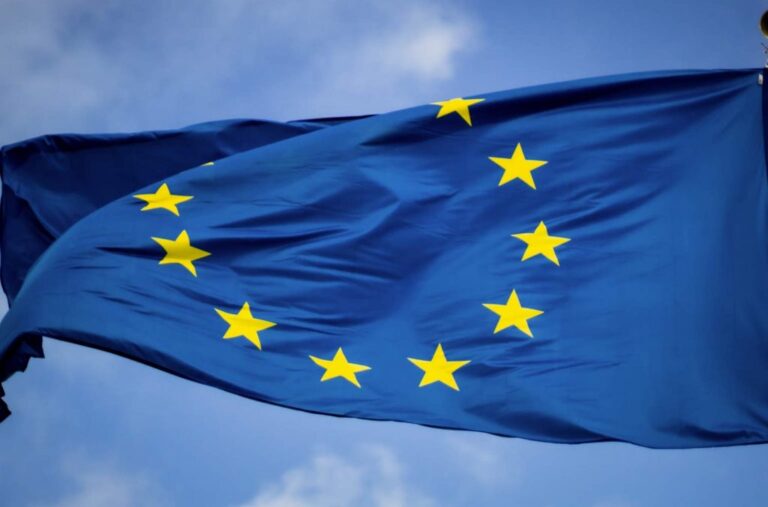
Morning Brief – A return to energy
First the context of yesterday’s trading session: Thanks to some data in the United States showing a more robust backdrop than may have been expected, positions that existed across global markets speculating that the Federal Reserve would have to take its foot off the pedal became increasingly untenable. There was a defensive shift into the US Dollar once again which forced the EURUSD pair, which had been looking set for a return to parity, and the GBPUSD pair back down once again. Despite these moves being almost entirely Dollar-centric, reversing some recent consolidation in the Dollar’s strength would be perceived by many models as a return to a higher risk environment.
Certainly, there was a defensive mood to yesterday’s trading session. As a result of building expectations that the Federal Reserve would not be able to moderate its attack on rampant inflation anytime soon, equities and other mainstream barometers of risk conditions flagged. US rate expectations also continued to remain strong echoed once again across many developed economies reversing the more moderate trends we have seen in recent days. Amidst the surge in the US Dollar yesterday there was also a return of focus towards the commodity market and, in particular, the energy sector.
Yesterday Opec+ agreed a deal to cut oil production by some 2mn barrels per day. When much of the world who are net importers of energy including gas and oil are seeking desperately to insulate their population and economies from rising energy costs, the headline struck a harsh tone. The move risked, and to some extent has already witnessed, a backlash and rising tensions once again between major western powers and Opec+ members, including Russia. Whilst oil prices are still relatively suppressed this announcement and the speculation leading up to it has returned Brent crude futures above $90 per barrel. Due to the astronomic rise in the Dollar which we wrote about yesterday, the trust cost of oil measured across a basket of currencies, not just the Dollar, is far higher meaning that the relative cost and burden of oil as a proportion of global national income is far more concerning than it may seem at first glance.
Further cuts have been threatened by Russia if the EU and the US continue to pursue plans to cap the price of its oil exports. A sanctions package was agreed yesterday between EU nations with the US also suggesting it may offset the Opec+ supply cut by utilising its Strategic Petroleum Reserves. Whatever the consequence, this is bad news for energy prices as we can see expressed through oil futures already since the start of October. It also raises the tensions between many nations that may further raise risk conditions and destabilise the consolidation we have seen across many asset classes in recent weeks.
Discussion and Analysis by Charles Porter

Click Here to Subscribe to the SGM-FX Newsletter
Related Insights

Daily Brief – Two cuts down
Two cuts down The Federal Reserve cut the target Fed funds rate by 25-basis points again last night. This brings the benchmark range down to a 3.75-4% banding. This move had been widely expected, but that does not mean it did not have any market impact. As of market open today, the dollar continues to […]

Daily Brief – A glimmer of (European) hope
A glimmer of (European) hope The ECB has made significant progress in cutting rates towards an accommodative level. The Eurozone saw evidence of cooling inflation much sooner than many economies and has been able to respond accordingly, cutting the deposit rate to 2%. The ECB will meet again this Thursday to publish its latest monetary […]

Daily Brief – Inflation’s peak?
Inflation’s peak? Yesterday’s publication of the latest UK inflation report will be welcomed by households and the government alike. The report released prior to the market open yesterday showed UK inflation to September remained stable month-on-month. That might not sound like a whole lot at face value, but it is in fact critical that headline […]


